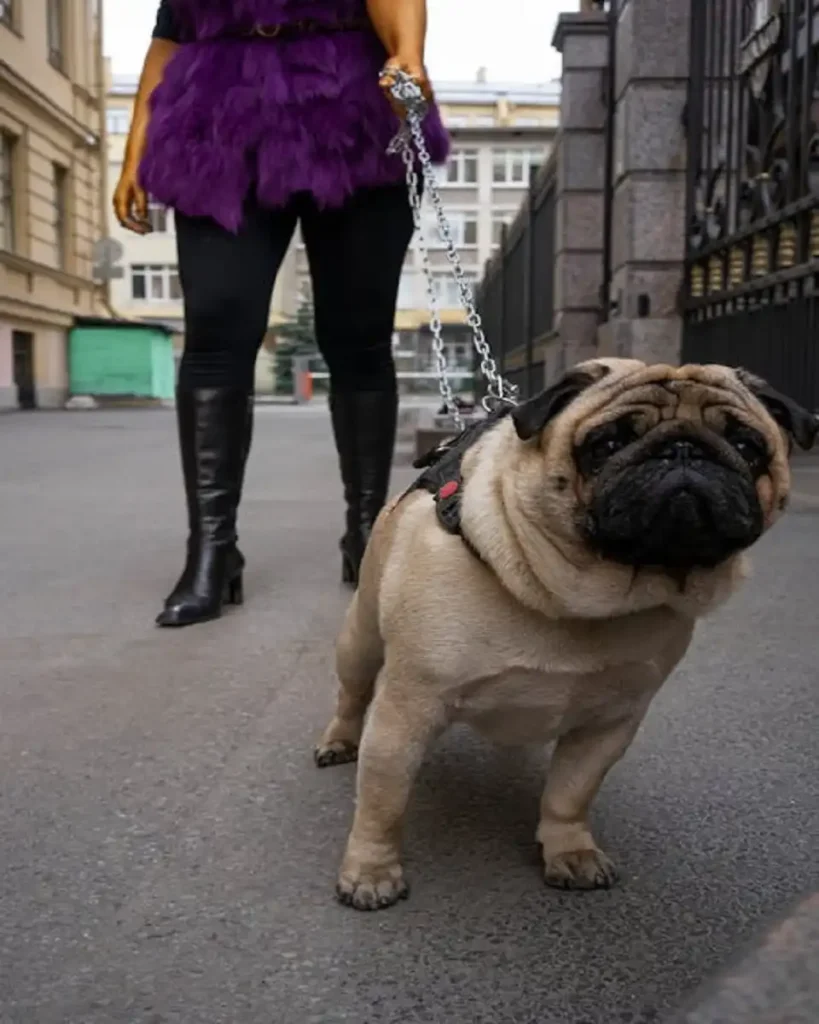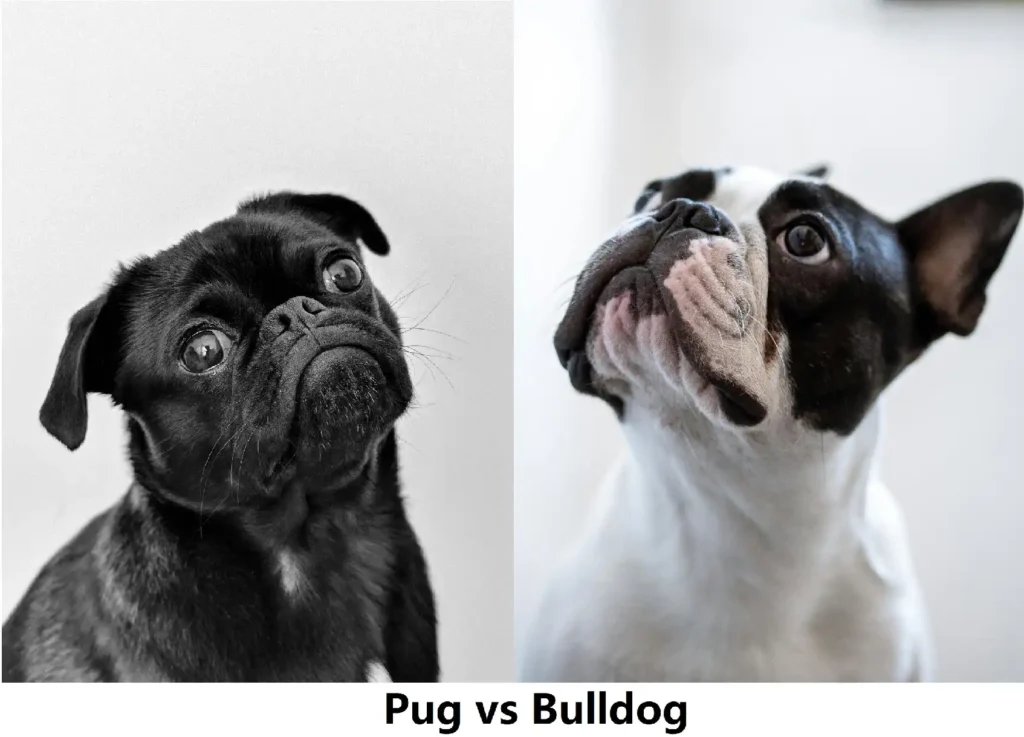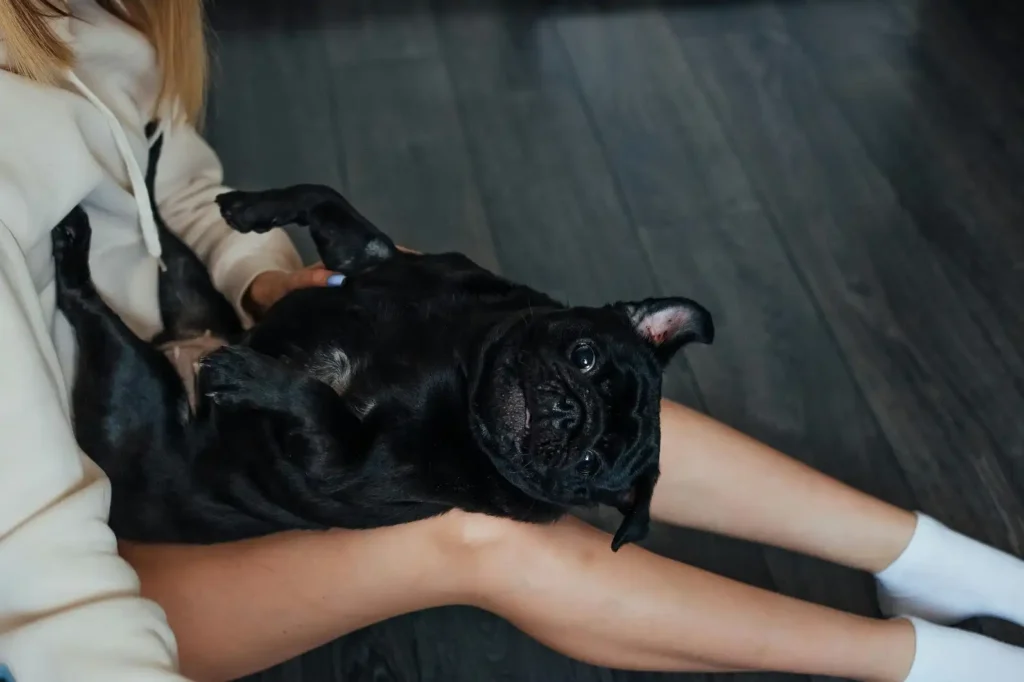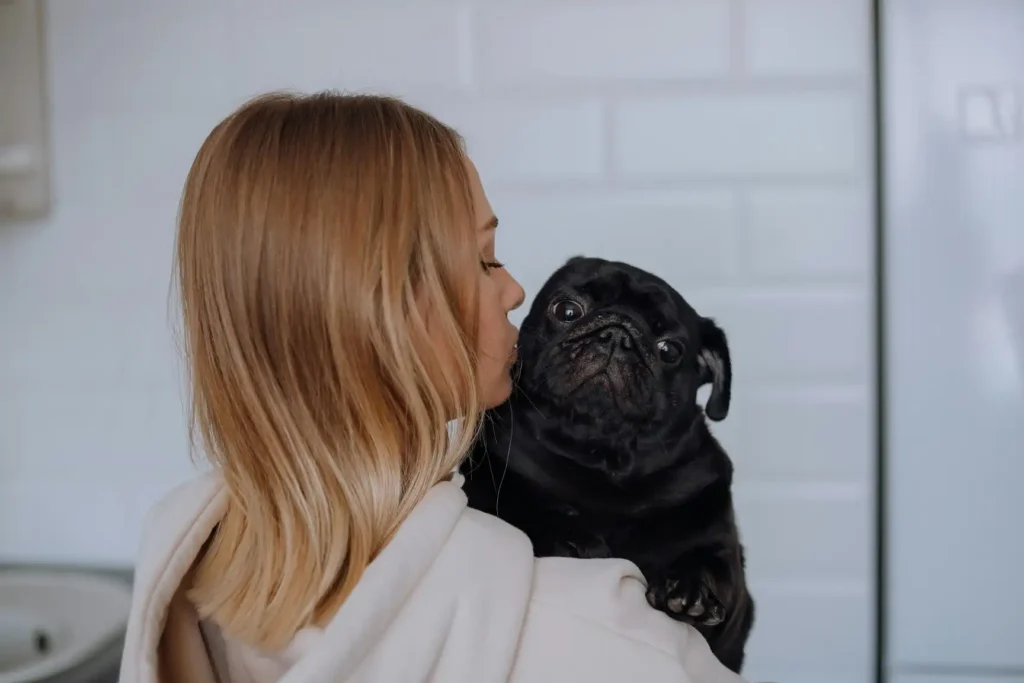Pugs are one of the most charming and beloved dog breeds worldwide. Their small size, adorable wrinkles, and friendly personalities make them perfect companions for families and individuals alike. However, taking care of a pug requires special attention due to their unique health and grooming needs. This 2025 ultimate guide offers 10 amazing care secrets to keep a pug happy, healthy, and full of life. Whether a new owner or experienced pug parent, these simple and practical tips will help maintain the pug’s well-being in the best way possible.

Introduction
Caring for a pug goes beyond feeding and occasional walks. This brachycephalic breed—with a flat face and signature wrinkles—needs a precise balance of nutrition, exercise, grooming, and health monitoring. Due to their susceptibility to obesity, breathing difficulties, and skin infections, a mindful and regular care routine is essential. This guide provides updated, vet-approved advice matched to the latest 2025 standards for pug health and happiness.
10 Amazing Care Secrets for Your Pug

1. Balanced Nutrition: Less is More
Pugs love to eat but are prone to obesity, which can worsen breathing difficulties and joint problems. Feed your pug a high-quality, nutrient-dense diet with lean proteins and avoid artificial fillers or excessive fats. Portion control is crucial—generally, pugs should only get about ½ to 1 cup of food daily, split into two meals. Avoid harmful foods like chocolate, onions, grapes, and fatty snacks. Treats should make up no more than 10% of daily calories, preferring healthy fruits like apples and blueberries.

2. Regular Grooming: Less Shedding, More Shine
Though pugs have short coats, they shed quite a bit. Brush their coat 2-3 times weekly with a de-shedding tool or grooming mitt to reduce loose fur around your home. Bathe your pug about once a month with dog-friendly shampoo to keep the coat clean without drying out the skin.

3. Wrinkle Care: Prevent Infections
A pug’s wrinkles are adorable but require daily cleaning to prevent infections. Use a damp cloth or vet-approved wipes to clean between the folds, especially on the face. Always dry the wrinkles thoroughly to keep moisture and bacteria at bay, minimizing skin irritation and infections.

4. Exercise Wisely: Keep Moving but Take It Easy
Pugs benefit from daily walks of 20-30 minutes and light indoor play, but due to their flat faces, avoid intense exercise or exposure to hot weather to prevent overheating. Exercise keeps their joints healthy and controls weight. Provide mental stimulation with interactive toys or simple training tricks to keep your pug happy and engaged.

5. Dental Care: Brush Often
Dental disease is common in pugs and can affect overall health. Brush your pug’s teeth at least three times a week with dog-safe toothpaste and toothbrush. Regular professional cleanings are recommended by vets to maintain oral health.
6. Ear and Eye Hygiene: Prevent Common Issues
Clean your pug’s ears weekly to prevent wax buildup and infections using a vet-approved ear cleaner. Pugs are prone to eye problems like dry eye or corneal ulcers, so wipe the area around the eyes gently with a warm, damp cloth daily and watch for any signs of irritation or injury.

7. Regular Vet Checkups: Prevention is Key
Schedule routine vet exams for vaccinations and to monitor for common pug health problems such as brachycephalic syndrome, hip dysplasia, and skin infections. Early detection can prevent serious complications and help manage chronic conditions effectively.
8. Maintain Ideal Weight: Slow and Steady
Weight management is crucial for pug longevity. Increase exercise gradually and change diet slowly to help pugs lose or maintain weight without stress. Aim for a weight loss rate of about 0.5-1% per week. Even a small reduction in weight significantly improves breathing and mobility.
9. Comfortable Living Environment: Temperature Control
Pugs can overheat quickly, so provide shady, cool resting spots and plenty of fresh water, especially in summer. Avoid long exposure to extreme temperatures or vigorous activities during the hottest hours of the day. They are well suited for moderate climates and indoor apartment living.
10. Socialization and Training: Happy Minds, Happy Dogs
Start training early focusing on positive reinforcement and consistency. Pugs are intelligent but sometimes stubborn, so patience is essential. Proper socialization with people and other pets reduces anxiety and behavioral problems. Engage your pug with fun exercises to build a strong human-pet bond.













Pug Care Checklist
| Care Aspect | Frequency | Key Tips |
| Nutrition | Daily | Balanced diet, portion control, healthy treats |
| Grooming | 2-3 times weekly | Brush coat, bathe monthly |
| Wrinkle Cleaning | Daily | Damp cloth or wipes, dry well |
| Exercise | Daily | 20-30 min walk, avoid heat stress |
| Dental Care | 3 times weekly | Brush teeth with dog toothpaste |
| Ear Cleaning | Weekly | Use vet-approved ear cleaner |
| Eye Care | Daily | Wipe gently, monitor for issues |
| Vet Checkups | Regular (6-12 months) | Preventive screenings, vaccinations |
| Weight Management | Ongoing | Gradual changes in diet and exercise |
| Training | Ongoing | Positive reinforcement, socialization |
Conclusion
Caring for a pug in 2025 means understanding their unique needs and being proactive about health and happiness. By following these 10 amazing care secrets—from balanced nutrition and wrinkle care to smart exercise and regular vet visits—owners can enjoy many joyful years with their charming pug companions. Remember, consistency, patience, and love form the foundation of successful pug care. With the right routine, a pug will thrive as a healthy, lively, and affectionate member of the family.

This ultimate 2025 guide highlights the latest expert recommendations and practical tips to help every pug owner provide the best life for their furry friend. Start today, and watch your pug flourish!


Leave a Reply